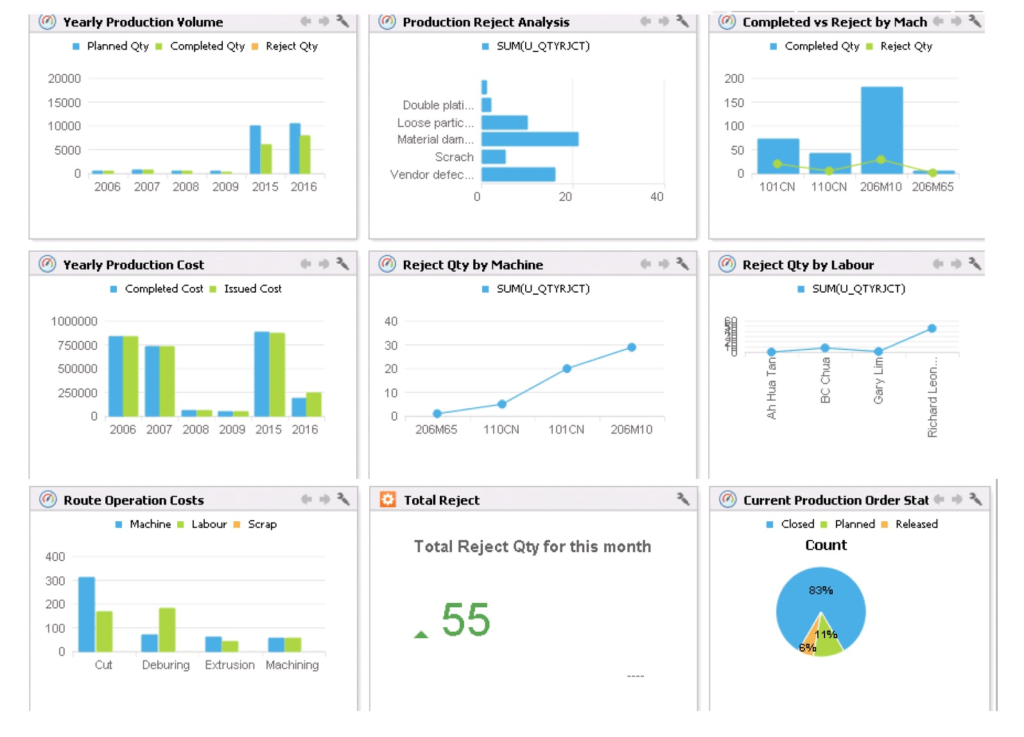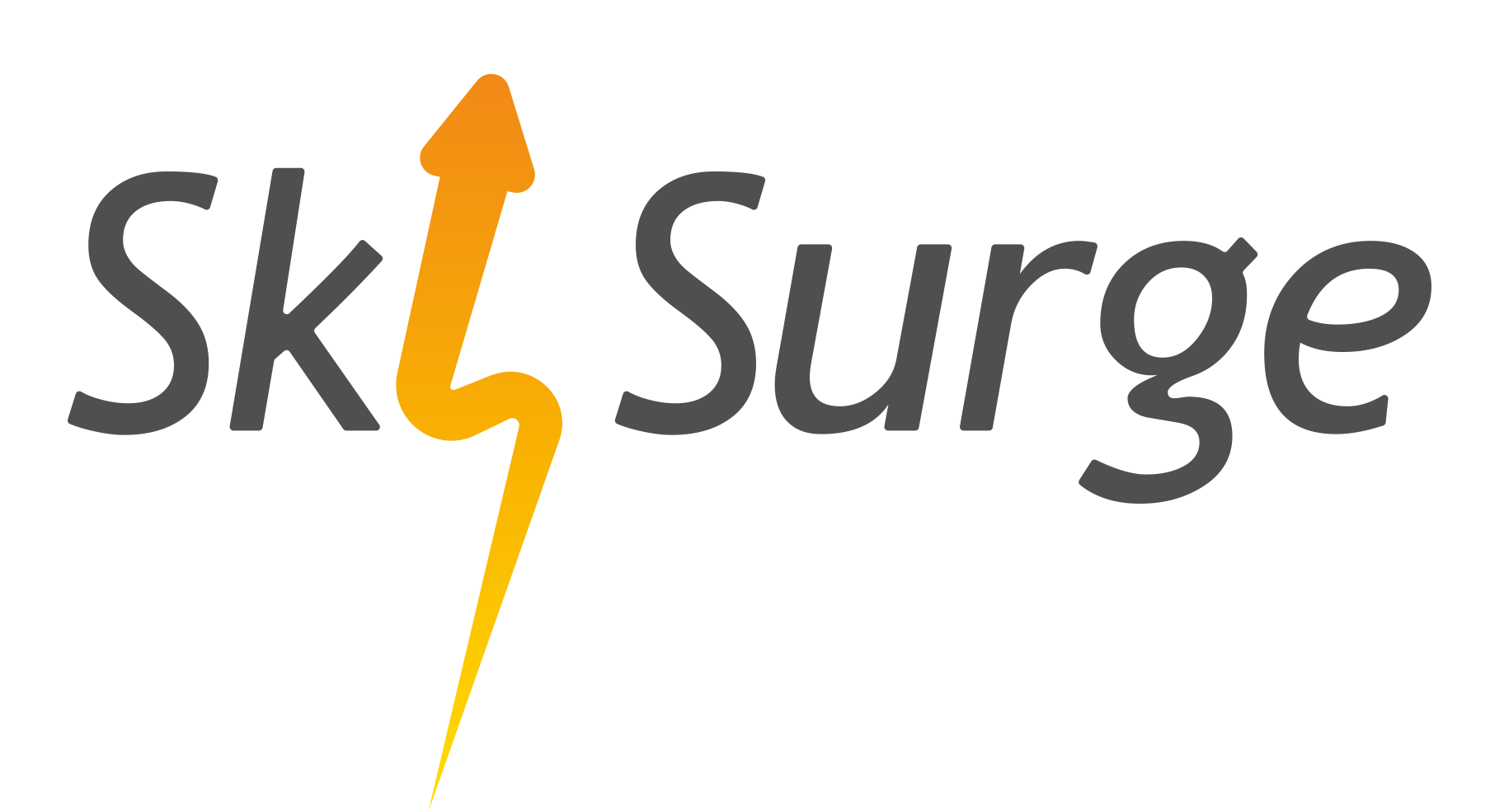What are ERP system dashboards? They are views available within an ERP system that you can regularly access to view metrics and gain insights into key performance indicators.
Operational visibility is a chief reason why many organizations pursue an ERP implementation. Specifically, they want end-users to be able to access data with ease. In other words, as soon as a user logs in, they should be able to clearly see real-time data.
What are ERP Dashboards?
ERP dashboards serve as the central interface of your system. They’re the first display that users see, and they contain critical information that is updated in real time.
In many cases, you can create, configure, and manage fully-centralized, custom dashboards for employees based on user roles. These dashboards require secure login access and use advanced encryption technologies to ensure users only see the insights that matter to them.
Let’s take a look at a few of the different role-based dashboards you can establish:
SAP Business One HANA Manufacturing Analytics Dash Board

1. Sales
Your sales manager requires around-the-clock access to accurate, updated information related to team member performance. When they’re working off a data-rich ERP dashboard, they can quickly retrieve the information they need.
Some of the metrics they can glean in seconds (per salesperson) include:
- Number of open opportunities
- Average sales velocity
- Sales Number Average
- Average number of days to close
- Win ratio
In addition to gaining employee-specific insights, they can also compare employee performance.
For instance, it’s easy to see who had the highest accrued commission or accrued sales in a particular month. Available in both graphical and numerical format, these insights can also be downloaded into report format to spur further team discussion.
2. Operations
Enterprise-wide operations can be exceedingly difficult to track. This is especially true if your supply chain is widespread.
A customized ERP dashboard streamlines supply chain management by allowing managers to monitor revenue, profits, and opportunities as they come in. With a few clicks, they can access financial data, such as gross profits, cash flow projections, and monthly revenues.
They can also review order and delivery trends, such as:
- Anticipated shipment times
- Volume shipped over time
- Average invoice amount
3. Accounting
While ERP software can benefit every department in your organization, arguably no employees will appreciate it more than your accounting team. Automating manual tasks such as bookkeeping, payroll, and tax compliance frees up these employees to work on high-value tasks and eliminates the risk of human error.
With a role-specific ERP dashboard, they can take a detailed, itemized look at your company’s inventory. Therefore this allows them to consistently monitor finances and expenses.
They can break this data down into segments, such as:
- Inventory received
- Returned Inventory
- Ready to ship Inventory
- Purchase suggestions
- Product warehouse origin
- Quantity to order
The ability to closely monitor this data can help your company optimize inventory management, while improving customer service levels.

